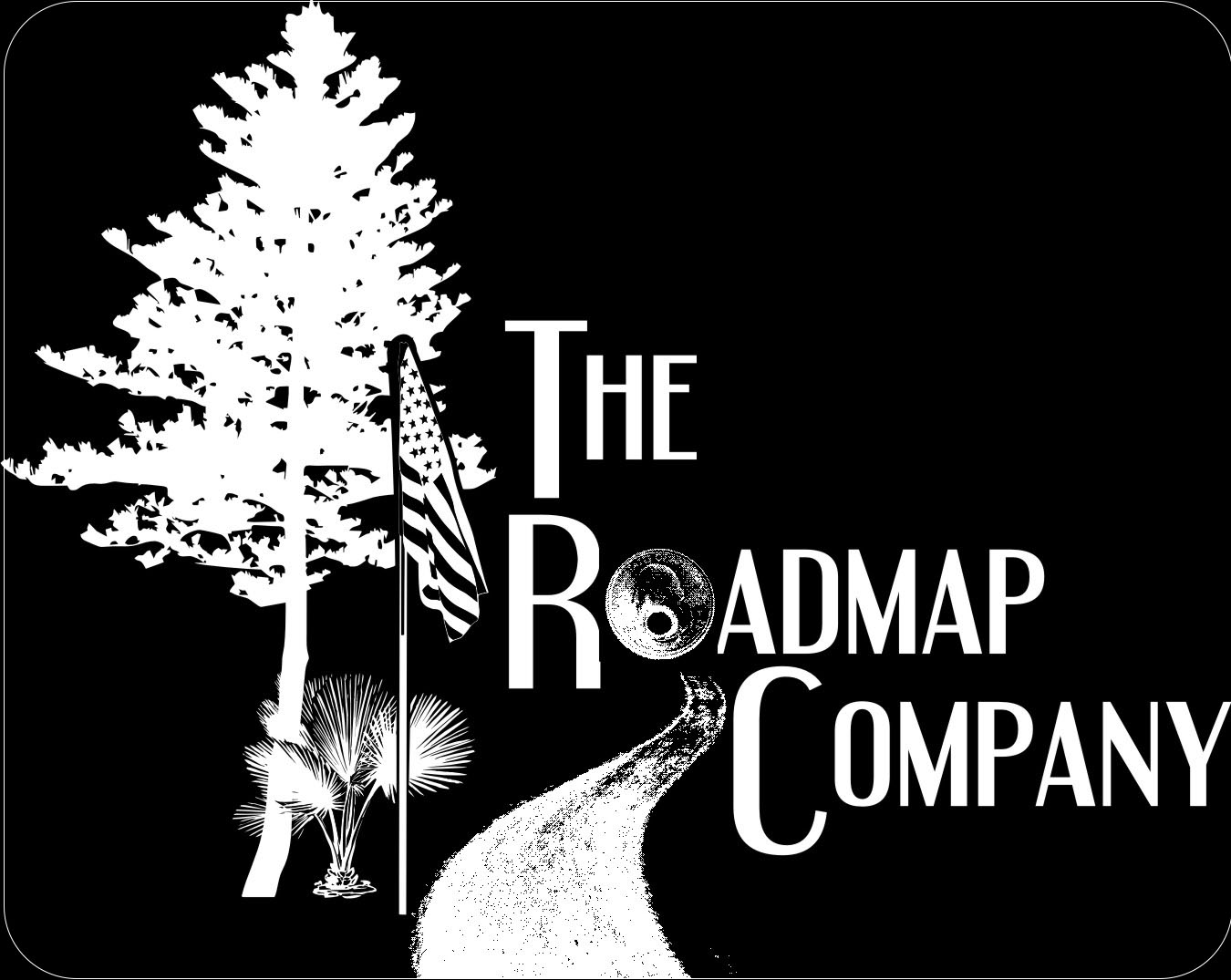As I climbed about the only hill on the farm, I could feel my healing torn hamstring. It has been two months yesterday since I tore it in karate class. I have not run in two months, but I can still work so at least I can keep my body busy. I chose this bow stand this morning due to the direction that the wind was blowing. Most hunters care about wind direction, but especially bow hunters. A deer’s greatest defense is their ability to smell danger. In this situation I am the danger. There are days I hate that a deer views me as danger. But others I sit in a tree to harvest them as the food source that God provided for us. Today I am no danger to a deer. Today I am a simple man trying to find himself in the changes made in the terrain over the last few years.

On the one-year anniversary of our wedding, I took my bride sailing. I had secretly taken sailing lessons prior to our anniversary. As we went out into the water the wind stopped and we sat there. At the time I thought that might have been a bad sign. Twenty-seven years later I have learned the wind will blow again, but not always in the direction we want.
Most people say when trauma attaches itself to them, their world stops but the rest of the world moves forward. As we sit there in that stopped world, there is no wind. A deer will travel into the wind so it can smell what danger may be ahead. When the wind changes directions the deer will stop and lift it nose high to smell even more.
After our world stops our brain attempts to complete, simplify, and categorize whatever event stopped our wind. The more I live and sit in a tree, I think the feeling of the world stopping is part of the process for us to assess the dangers ahead. As we attempt to process the event, we attempt to understand the “why did this happen to me?” I do not think deer understand why the wind stops or changes, but they know when it does to take a break and accept it. We sometimes never understand why trauma found its way to us, but unlike the deer we have trouble accepting the why.
As we sit with our world stopped and no wind, our brain attempts to process those three things; complete, simplify, categorize. At some point we need to move forward. A deer needs to do the same thing. I have watched deer stand in the same spot for 15 minutes not moving but turning their ears in every direction and constantly lifting their nose seeking the movement of the wind. Only in extreme circumstances will a deer choose a tailwind for its path. Deer will usually choose a headwind.
There are many ways to move forward from trauma. Sometimes our brain and ourselves stumble across a path that may appear to move us forward but in reality, it is a path with a strong tailwind. The path to processing, healing, and recovery is one of a headwind. In other words, it is not the easy route but as we know from the basic instincts of a deer, it’s the safest.

I texted my physical therapist this week and said, “it’s been two months can I run?” Her answer was, “give it another month if you can.” The body needs time to heal and so do our emotions. If trauma brought to your doorstep a hammer and chisel to etch images in your foundation, it may take more than just time to heal. The hardest part for us sitting in that sailboat with no wind is picking up that paddle. It’s our responsibility as humans to hand someone a paddle, even if it is broken, or paddle that sailboat to a blowing headwind.
To read more, click on the link to be taken to the website for the books written by Josey and Dr. Jeffrey Mitchell







